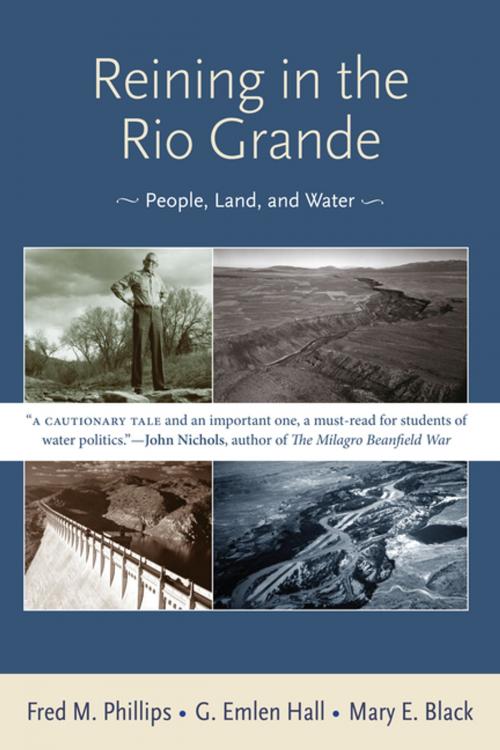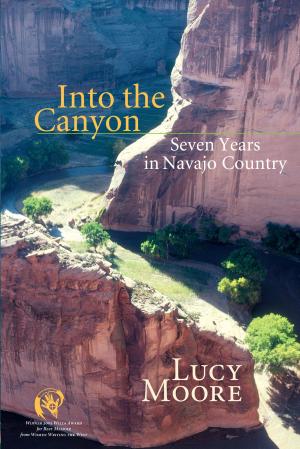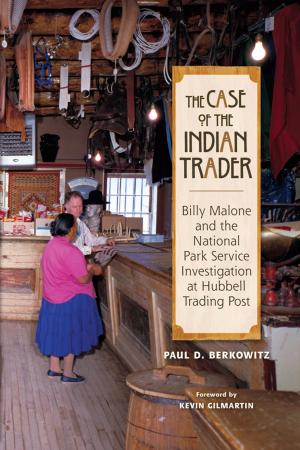Reining in the Rio Grande
People, Land, and Water
Nonfiction, Science & Nature, Technology, Engineering, Environmental, Science, Biological Sciences, Environmental Science| Author: | Fred M. Phillips, G. Emlen Hall, Mary E. Black | ISBN: | 9780826349453 |
| Publisher: | University of New Mexico Press | Publication: | July 15, 2015 |
| Imprint: | University of New Mexico Press | Language: | English |
| Author: | Fred M. Phillips, G. Emlen Hall, Mary E. Black |
| ISBN: | 9780826349453 |
| Publisher: | University of New Mexico Press |
| Publication: | July 15, 2015 |
| Imprint: | University of New Mexico Press |
| Language: | English |
The Rio Grande was ancient long before the first humans reached its banks. These days, the highly regulated river looks nothing like it did to those early settlers. Alternately viewed as a valuable ecosystem and life-sustaining foundation of community welfare or a commodity to be engineered to yield maximum economic benefit, the Rio Grande has brought many advantages to those who live in its valley, but the benefits have come at a price.
This study examines human interactions with the Rio Grande from prehistoric time to the present day and explores what possibilities remain for the desert river. From the perspectives of law, development, tradition, and geology, the authors weigh what has been gained and lost by reining in the Rio Grande.
The Rio Grande was ancient long before the first humans reached its banks. These days, the highly regulated river looks nothing like it did to those early settlers. Alternately viewed as a valuable ecosystem and life-sustaining foundation of community welfare or a commodity to be engineered to yield maximum economic benefit, the Rio Grande has brought many advantages to those who live in its valley, but the benefits have come at a price.
This study examines human interactions with the Rio Grande from prehistoric time to the present day and explores what possibilities remain for the desert river. From the perspectives of law, development, tradition, and geology, the authors weigh what has been gained and lost by reining in the Rio Grande.















